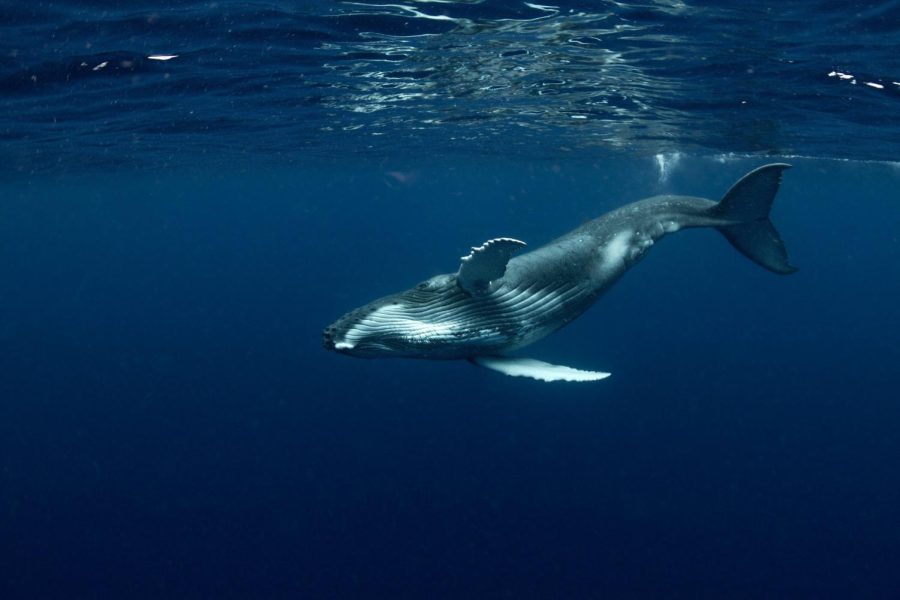In the vast expanses of our oceans, a tragic event unfolded in 2009 that shook the marine biology community—the harrowing incident of a blue whale being bitten in half. This unprecedented occurrence, documented at not only captivated the world’s attention but also raised questions about the mysterious forces at play beneath the waves. Let’s delve into the details of this heartbreaking episode, exploring the circumstances, implications, and the aftermath of this extraordinary event.
The Blue Whale: A Majestic Giant
Before we dive into the incident, it’s crucial to understand the sheer majesty of blue whales. As the largest creatures on Earth, these marine giants can reach lengths of up to 100 feet and weigh as much as 200 tons. Their awe-inspiring size and gentle demeanor make them a symbol of the vastness and wonder of the world’s oceans.
The Unprecedented Attack
The Discovery
The incident came to light when marine biologists on a research expedition stumbled upon a gruesome scene—the lifeless body of a blue whale, cleanly severed in half. The sheer precision of the cut suggested a level of force and precision that left experts baffled.
Initial Speculations
As news of the incident spread, marine biologists and experts began speculating on the possible causes behind this unprecedented attack. Was it the work of a colossal predatory species, or could human activities have played a role in this tragic event?
The Investigation
Forensic Analysis
A dedicated team of marine biologists launched an extensive investigation, employing advanced forensic techniques to analyze the remains of the blue whale. The goal was to uncover any clues that could shed light on the mysterious circumstances surrounding its untimely demise.
Unraveling the Mystery
The investigation revealed astonishing findings. Contrary to initial assumptions, the cause of the blue whale’s demise was not a predatory attack but rather a collision with a massive, unidentified object. The immense force exerted during the impact resulted in the clean severance of the majestic creature.
https://www.arnewsjournal.com/culture-and-lifestyle/navigating-the-distance-how-far-to-arkansas/
Environmental Implications
Human Impact
The incident raised concerns about the impact of human activities on marine life. As ships and vessels navigate the oceans, collisions with these gentle giants pose a significant threat. The need for enhanced conservation efforts and stricter regulations became evident in the wake of this tragic event.
Ecosystem Disruption
Beyond the immediate implications, the incident highlighted the delicate balance within marine ecosystems. The loss of such a keystone species could have cascading effects, disrupting the intricate web of life that relies on the presence of blue whales for stability.
The Aftermath
Conservation Initiatives
In response to the incident, conservation organizations and governments worldwide intensified their efforts to protect blue whales and their habitats. Increased monitoring, stricter shipping regulations, and public awareness campaigns aimed to mitigate the risks these magnificent creatures face.
Scientific Advancements
The investigation spurred advancements in marine science and technology. Researchers developed innovative methods for tracking and studying large marine mammals, contributing to a deeper understanding of their behavior and vulnerabilities.
Conclusion
The unfortunate incident of the blue whale bitten in half in 2009 serves as a somber reminder of the challenges faced by marine life in an increasingly human-dominated world. As we reflect on this tragic event, let it galvanize us to take collective action to preserve the delicate balance of our oceans. Through conservation, awareness, and technological innovations, we can strive to ensure the continued existence of these majestic creatures and the ecosystems they inhabit.

